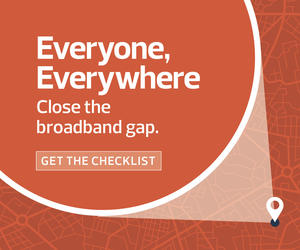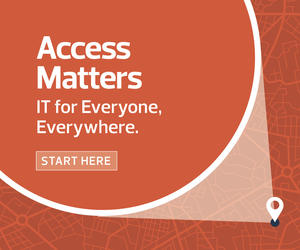1. Offer 24/7 Tech Support
IT leaders should be rethinking tech support strategies. Many students with unreliable internet access also tend to work evenings and weekends, when the pipeline is less congested. Tech support could be organized with this schedule in mind.
“IT can look at their support model to see if they need to have more robust support for students who don’t need to get things done between 8 and 5,” Miffitt said. “If students are having reliability issues, around-the-clock support could be one way to help with that.”
Partnering with managed service providers is one way for smaller IT departments to provide 24/7 support.
GET HELP: Augment your IT staff with a highly skilled team of certified technicians.
2. Expand Campus Wi-Fi for a Low-Cost Solution
Universities and colleges looking to support rural students with insufficient internet access at home should consider deploying outdoor or campuswide Wi-Fi if they have not already.
MORE ON EDTECH: Outdoor Wi-Fi expands access for college students.
“These are relatively low-cost solutions that can provide a lot of value,” says Rob Vietzke, vice president of network services at Internet2, a nonprofit technology consortium supporting higher education organizations.
“Typically, colleges and universities can provide good-quality, unmetered Wi-Fi,” he says. “For a student who has a limited data plan on their phone, campus Wi-Fi will give them a much better experience and it will help them keep costs down.”
3. Distribute Mobile Hotspots to Students in Need
Throughout the pandemic, CSU has given roughly 10,000 mobile hotspots to students across 23 campuses. The university was able to afford this by negotiating with a carrier to get competitive rates.
According Miffitt, this was a highly effective strategy. “Early reports from students were that it was really helpful to have those devices. For some, the hotspots are their main mode of connection,” she says.
Some campuses have even included hotspots as a part of student welcome packages. The hotspots are typically managed by the CIO’s office, which could put certain settings in place to prevent students from wasting data on Netflix streaming, for example.
4. Take Advantage of Wireless Citizens Broadband Radio Service
Vietzke recommends that more universities consider adopting Citizens Broadband Radio Service networks. CBRS is a band of the radio-frequency spectrum that can be used for shared wireless broadband. Also known as the “innovation band,” it ranges from 3650-3700 megahertz.
CBRS was historically only available to the U.S. Department of Defense. However, in recent years, the Federal Communications Commission has opened up CBRS for public and commercial use.
Widespread adoption of CBRS is expected to significantly improve Wi-Fi performance in rural areas. “Some of the older devices will not support this, but it will be built into new phones going forward. There’s an exciting opportunity there,” Vietzke says.













